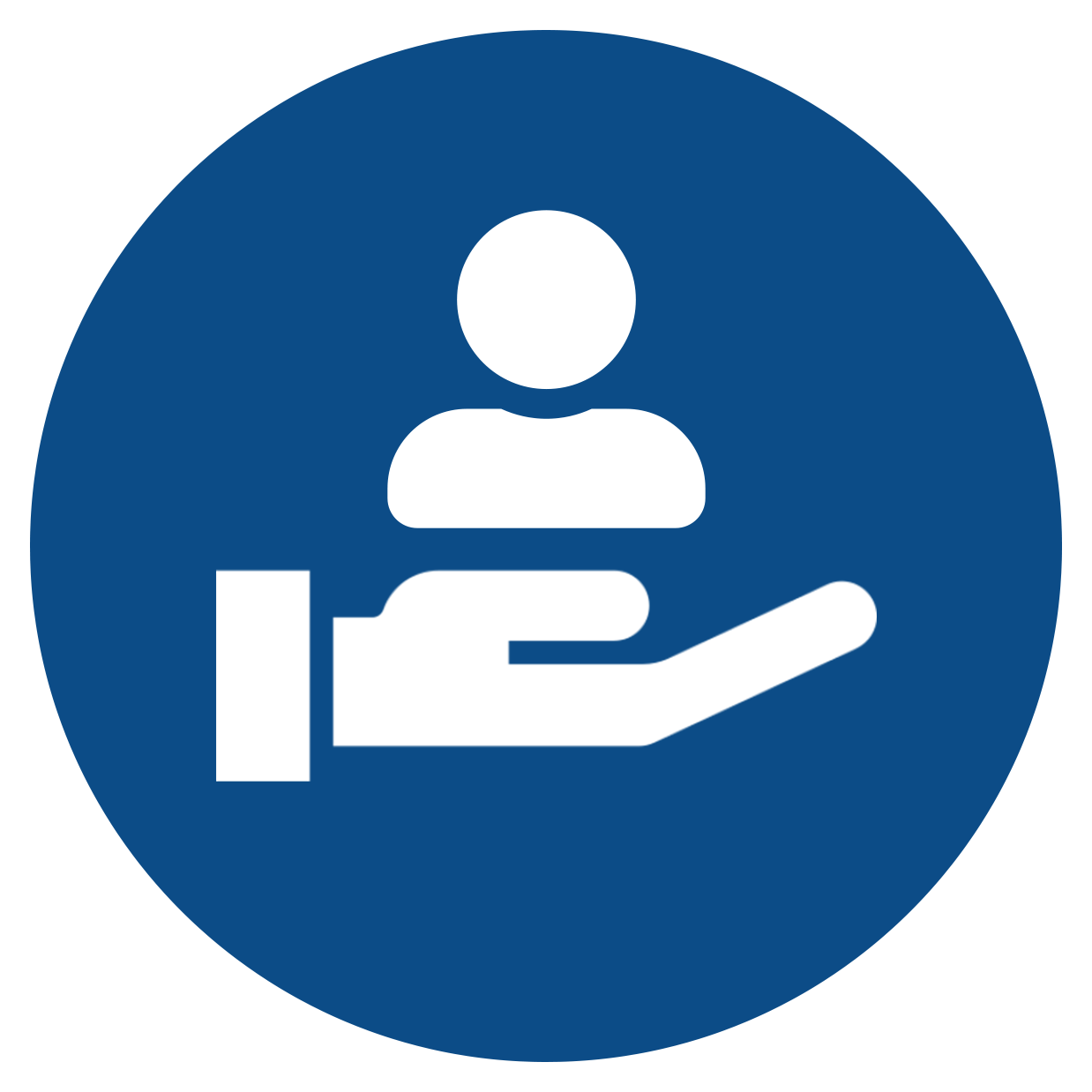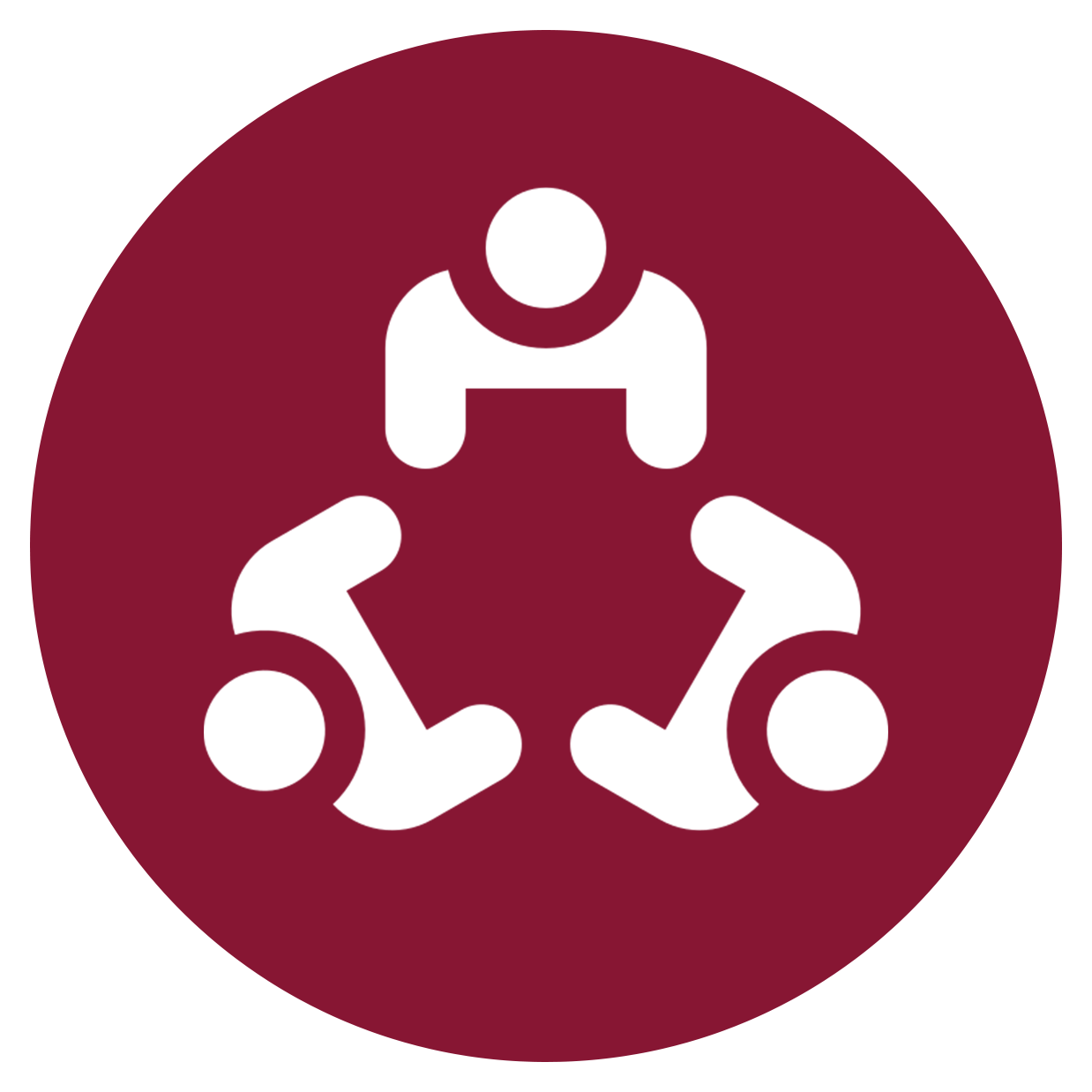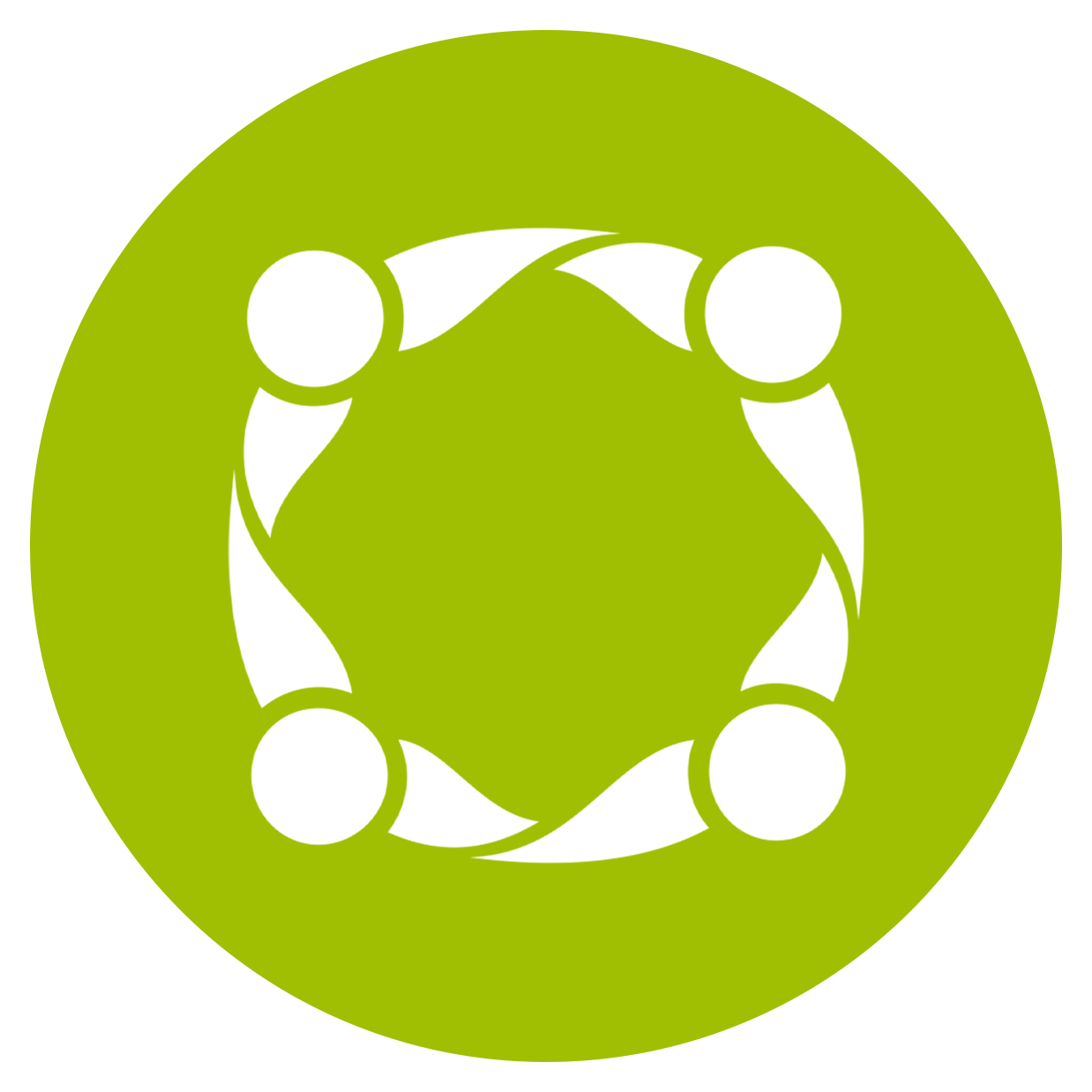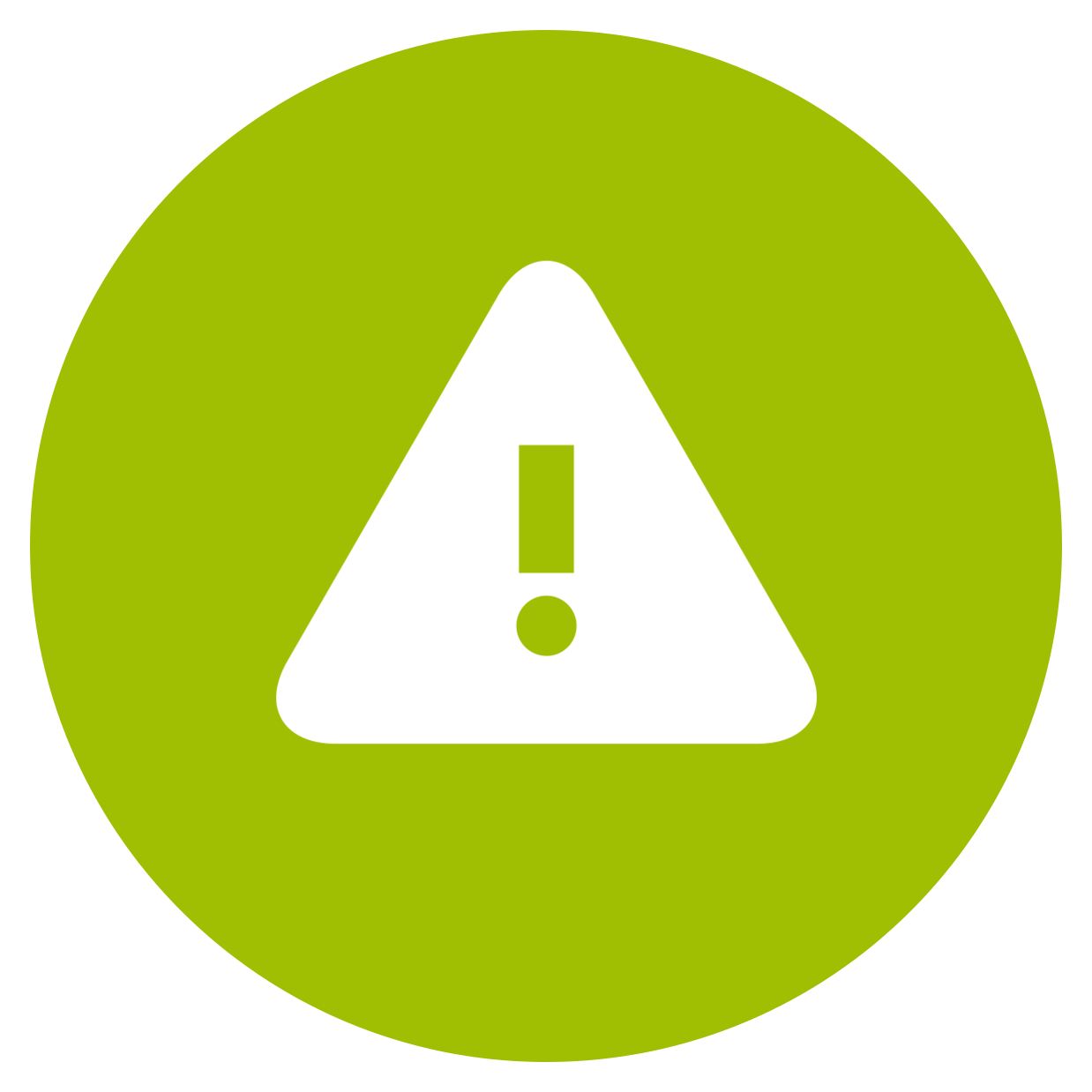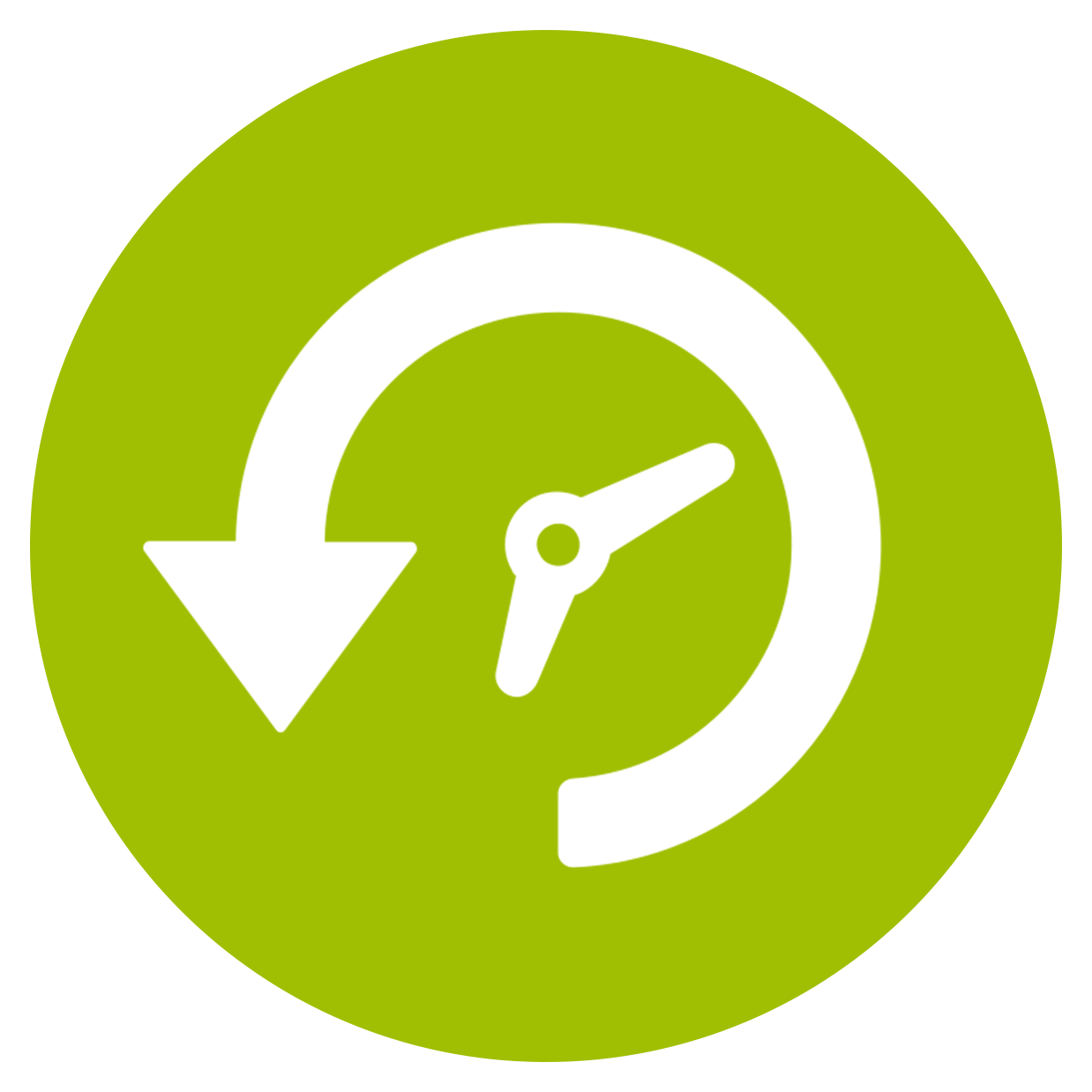What is CSAT?
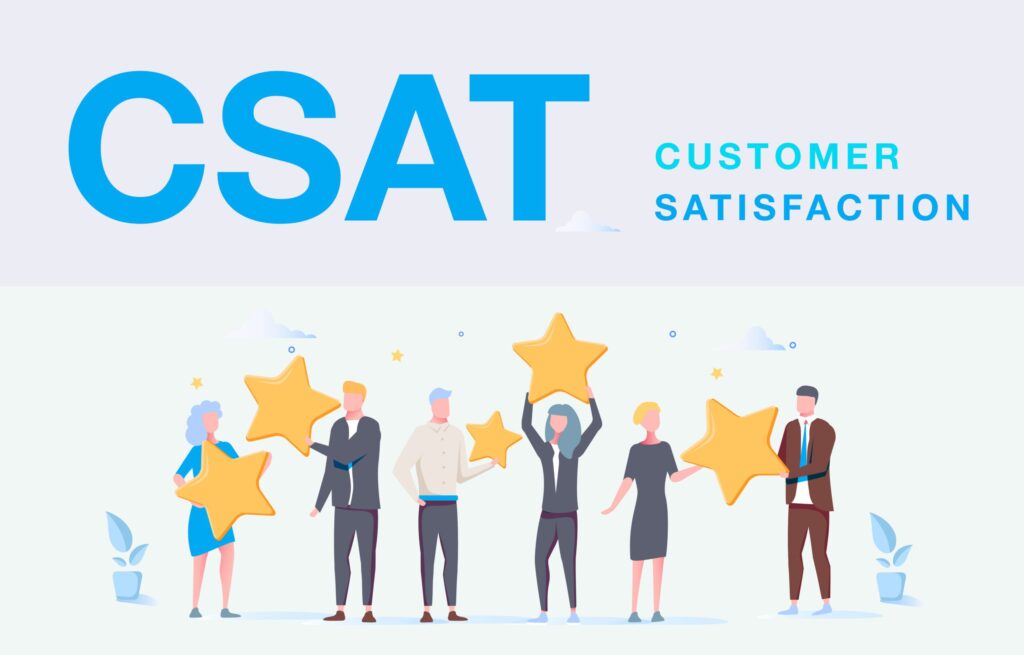
Table of Contents
Key Takeaways:
- CSAT, or customer satisfaction score, measures how well your products, customer service, and brand live up to your customers’ expectations.
- Discovering and closing the gaps between customer expectations and actual service provided promote customer trust and loyalty.
- As a CX metric, CSAT has limitations that can be balanced with other CX metrics like NPS or CES.
- Measuring CSAT provides strategic intel in the form of actionable insights that businesses use to understand their customers.
- Asking for CSAT feedback after key moments in the customer journey helps organizations identify and understand customers’ most significant pain points.
Introduction
CSAT, or customer satisfaction score, is a customer service metric that is more critical than ever for businesses in an age of heightened consumer intolerance. In a recent consumer survey, around 61% of respondents said they would switch to a competing brand after just one bad customer experience.
Given this slim margin for error, optimizing customer satisfaction should be a priority for any business, including banks and credit unions. But how does a company know when its customers are not happy and are at risk for taking their business elsewhere? The simplest way to find out…is to ask them!
CSAT is the measurement most commonly used to discover when customer experiences are falling short of customer expectations of your brand. Discovering these gaps is the first step to regaining your customers’ trust and loyalty.
Make no mistake – whatever your marketing spin, your brand value is not what you say it is. Customers are the ones who determine your brand value, based on whether or not their experiences with you match their expectations of your products, processes, people and channels.
Whether they’re doing business with a Fortune 500 company or a neighborhood store with a single location, consumers compare a business’ customer experience to that delivered by customer service leaders, even those in other industries. That’s why you have to consistently deliver with the reliability and responsiveness of Amazon, Apple, and Chik-fil-A, to name a few companies that have set the customer service bar higher.
Walker, an experience management research and consulting firm, reported in their Customers 2020: A Progress Report that customer experience became the key brand differentiator at the end of 2020. CX is defined as how consumers feel about the way your company treats them and interacts with them. Perception of customer experience can influence how likely clients are to recommend your brand or become a loyal customer.
Customer satisfaction can be the difference between your business failing or thriving. If you want your financial institution to succeed, especially in uncertain times, you have to maintain high satisfaction levels throughout the customer journey.
Most businesses use customer satisfaction surveys to evaluate if they are meeting their customers’ expectations. How would you know what makes your customers unhappy if you don’t measure customer satisfaction regularly, covering all critical moments of your interactions? If you wait until they are out the door, it may be too late to save the relationship with that customer.
Your customers’ level of satisfaction is influenced by multiple factors, including:
- How they perceive the value delivered by your products or services;
- How they perceive the quality of the products and services you deliver;
- How easy it is to receive what your brand has to offer;
- How well you’re communicating with them during and between purchases;
- How well your customer support team responds when they have questions or have complaints about your products or services.
Customer needs and expectations change over time, so it’s your responsibility to take the pulse of your customer base often, in the key moments of their interaction with your brand.
What is CSAT
Customer Satisfaction Score (CSAT) measures how satisfied your customers are. That can seem like a clear concept – but in actuality, it can be challenging to come up with a single definition of customer satisfaction.
What is customer satisfaction? It looks different for every company and industry, but in general, it’s about how well your products, customer service, and brand live up to customer expectations. If you’re delivering what you promise and sometimes even exceeding expectations, your customers will likely be satisfied.
Benefits of Measuring Customer Satisfaction
The benefits of measuring customer satisfaction start with strategic intel. Brands and companies that offer the best customer experience gather timely insights to act on.
Actionable insights help these brands and companies to improve their strategies, interpret customer signals, and help their teams build better strategies to attract more customers.
Data gathered from customer satisfaction measurement is often used to highlight problem areas in a business, analyze and evaluate customer relationships, or source ideas for new innovations and developments.
Of course, collecting data for the sake of collecting data is nothing more than a waste of time and resources. If you’re not willing or able to use it to drive intentional change, you are just amassing a lot of interesting information, at considerable expense.

How Is CSAT Measured?
CSAT is measured by surveys that ask customers how satisfied they were with a particular experience or interaction with your business. This measurement is used to highlight problems or pain points, evaluate your relationships with customers, and find ideas for new solutions or features.
CSAT surveys generally tell you about a customer’s reaction to a specific experience. A single question typically suffices, e.g.: How would you rate your overall satisfaction with the service you received?
Answer choices are graded on a Likert-type scale, usually from one to five, where one represents Very Unsatisfied, and five represents Very Satisfied. Ideally, surveys should follow up the main question by inviting the respondent to provide greater detail about the experience, including the specific reasons WHY the experience was either Highly Satisfying or not.
When Should You Measure Customer Satisfaction Score?
You should measure customer satisfaction score any time you want customer insight into one of the following areas:
- Customer support interactions
- Sales-related interactions
- Customer onboarding
- Overall customer health and sentiment
- Sales and product satisfaction
- Website and online checkout process
- General customer experience
There are good reasons for timing CSAT measurement with specific events/transactions in mind:
Sending CSAT surveys after key moments in the customer journey, or significant moments of the customer “lifecycle,” can help you create journey maps and understand the most important pain points.
You can use these surveys to measure the effectiveness of key moments in your customer journey, such as the purchase process or user onboarding.
After a customer speaks to a customer service rep or uses your online resources to solve a problem, you want to ensure that experience helped them and was satisfying. This is a great time to send out a CSAT survey.
You can automate these surveys to be sent after a support interaction, so the customer feedback is timely and accurate. This can also be a good way to gauge how effective individual reps or teams are for performance and customer retention purposes.
The same is true for sales-related interactions. Asking customers for their feedback after they’ve talked to your sales team can yield valuable insights on the effectiveness of your sales representatives and anything that might be lowering conversion rates.
You can survey customers after both successful and unsuccessful sales interactions. What made the customer purchase or fail to follow through, and why was the experience satisfying for them (or not)? Even an uncompleted sale can be a satisfying experience if the customer feels the representative was straightforward and explained the product well – it might not have been a good fit at that particular time, but it still might have been a positive interaction.
How Is CSAT Calculated?
CSAT is calculated based on the number of responses received on the CSAT question, which typically asks customers: “How would you rate your satisfaction with [interaction/company/product/brand]?”
Respondents answer on a scale from 1 [Very Unsatisfied] to 5 [Very Satisfied].
Once customers respond, here is how you measure your CSAT score:
(Number of satisfied customers (4 and 5) / Number of survey responses) x 100 = % of satisfied customers
Only responses of 4 (Satisfied) and 5 (Very Satisfied) are included in the calculation because it has been shown that using the two highest values on customer feedback surveys is the most accurate predictor of customer retention.
The resulting CSAT score indicates how satisfied or dissatisfied the customer is with the particular service, interaction, procedure, or product—whatever the survey is measuring. A good survey can pinpoint friction along any touchpoint of the customer journey.

What Is a Good CSAT Score?
What is considered a good CSAT score varies by industry. Of course, you can’t please everyone all of the time. But in general, a healthy CSAT score is between 75-85%. That means more than three out of four customers are satisfied with your customer experience, which is good.
You should also review industry benchmarks for CSAT to see how you measure up against your competitors. Benchmarking is essential to know where you stand and how far you must go to excel in customer satisfaction and service.
The American Customer Satisfaction Index (ACSI) is the only economic indicator that assesses consumer satisfaction throughout the whole economy of the United States.
Researchers, analysts, and investors use ACSI data to monitor customer satisfaction in businesses across all industries, including financial services.
According to the ACSI, the U.S.’s Total Customer Satisfaction Score for Q4 2023 is 77.8, reflecting a sharp rebound from a long decline in customer satisfaction.
When it comes to particular industries, like financial services, CSAT scores differ from the total of all industries. The CSAT benchmark for U.S. banks for 2023-34 is 80, compared to 79 for U.S. credit unions.
Rather than continue the trend of a widening gap in customer satisfaction between banks and credit unions, credit unions have rebounded strongly. Fueled by strong improvements in value perceptions and better customer experience ratings for ATMs, call centers, and interest rates, credit unions have ended their five-year slide to now trail banks by just a point in customer satisfaction.
In short, the gap has virtually disappeared!
The author of the ACSI Finance Study 2023-24 offers an explanation for credit unions’ resurgence, observing that “consumers’ definition of good service is shifting back toward CUs’ ‘sweet spot’”: namely, personalized service. Although banks have made great investments in digital banking options, they may be falling short in using those channels to deliver the personal service consumers want:
“The most likely scenario reflected in the new survey data is that banks raced to invest in digital in recent years, building their lead over the country’s credit unions, and then failed to deliver a strong personal touch via electronic channels.”
But industrywide results, reported annually, are one thing. What are you doing to understand the satisfaction of your own customers, today?
Benefits of Using CSAT
The benefits of using CSAT surveys include their diagnostic capability. They are an excellent tool to measure customer satisfaction at specific touchpoints, and throughout the entire organization.
CSAT surveys can help your business first uncover the causes of customer churn, and then fix those points of friction to reduce churn rates. Since churn is expensive and hinders growth, CSAT surveys can improve your revenue and prospects for long-term success.
And by allowing you to understand what customers love – and dislike – about your business, you can make the right changes to your customer journey to align with their wants and needs. This increases customer loyalty and improves the customer experience.
CSAT scores also show teams the impact their actions have on customers. This kind of insight can prove the success of initiatives.
Research has shown that CSAT is a driver of financial success for financial institutions. According to a 2021 Verint study, highly satisfied customers are 71% more likely to continue the relationship; 121% more likely to sign up for additional services; and 107% more likely to recommend the institution to others.
Challenges of Using CSAT
Like any measurement tool, there are some challenges of using CSAT to keep in mind. While CSAT can tell you a lot about a business, it doesn’t paint a complete picture. Primarily transactional, it’s best for measuring specific, recent interactions, not customers’ overall satisfaction with the organization. That kind of measurement requires a more comprehensive, relationship-based survey.
Here are a few more limitations of CSAT:
CSAT doesn’t allow for much detail or depth. For example, you cannot determine how loyal or disloyal a customer is based on their response. You’d need to look to their Net Promoter Score or follow up with the customer for more details to gauge the degree of their loyalty.
The CSAT methodology often overlooks the neutral customers, who are less likely to take customer satisfaction surveys. There are a variety of proven tactics you can use to boost survey response rates. But unless you are actively taking steps to reach across your entire customer base, it’s likely you won’t hear everyone’s perspective.
It can be challenging to quantify levels of satisfaction or dissatisfaction accurately. In other words, a customer may say they’re satisfied, but CSAT alone can’t predict whether or not they’ll stick around. This is why pairing CSAT surveys with a periodic NPS® survey is the best way to get a holistic picture of customer health.
CSAT scores measure accurately only those things that stay the same throughout the survey period. If the policies, products, or procedures you’re measuring happen to change while the customer is interacting with your brand, that will skew their perception and your survey results.

Understanding the Difference Between CSAT, NPS, and CES
CSAT is the most popular way to measure customer satisfaction – but it’s not the only way. Your CX team should also measure using a few other customer satisfaction metrics to get a holistic overview. Each of them contributes a different aspect to the complete picture of your customer.
Net Promoter Score (NPS)
NPS measures customer loyalty rather than satisfaction. This is important because customers might feel satisfied – their needs are being met – but not so delighted that they’re loyal in the face of new competitors. Customers’ relationships with service providers have become increasingly fragmented. Customers have more opportunities than ever, in a digital age, to try services from other providers, even in the retail banking industry. And even if they don’t actually close their account with you, that doesn’t mean they will buy their next product from you.
Measuring NPS and CSAT will give you a clearer view of the strength of your relationship with your customers. Keep in mind, however, that just because a customer says they would recommend you to others doesn’t mean that they necessarily will. And some customers have a personal policy of never recommending ANY business, even if they are perfectly happy or satisfied with the experience.
Customer Effort Score (CES)
Customer Effort Score, or CES, also known as Ease-of-Use (EOS), gauges how easy you make it for customers to do business with you. Even if customers love your products, they won’t be loyal or satisfied if it is difficult to solve problems or ask questions – or even make a purchase. One of the reasons for the growing popularity of digital applications, especially in banking, is their simplicity and convenience: they give customers the ability to manage transactions themselves. The more friction customers encounter in their channel of choice, the more likely they will be to try to find a smoother path.
Customers who feel that your company makes things difficult may grow to resent you or simply give up interacting with your business altogether. While low-effort experiences are not the only thing that customers look for in a bank or credit union, friction in the customer journey is one contributor to customer dissatisfaction that you can manage with the right intel and action.
Ideally, you should use all three customer satisfaction metrics – CSAT, NPS, and CES – to get a complete, well-rounded view of your customer experience. CSAT is a very direct way to assess how your customers think and feel about you. But satisfaction, though important, isn’t the whole picture.
Customer satisfaction is the lifeline of any business, including financial services organizations. Improving customer service leads to more loyal customers, reduces churn, and increases sales through stronger customer relationships. If you care about your customers (and your business!), you need to be making sure they’re satisfied with your offerings.
A fundamental purpose of any organizational measurement is (or should be) to improve performance. In the case of customer experience measurement, the objective is to strengthen customer relationships as a catalyst of revenue growth and profitability.
The ability to actually deepen relationships with customers through elite frontline execution allows you to engage customers in such a way that they will not easily be lured away by the competition. When you reach that state, you have achieved true cultural transformation. Not all CX metrics can get you to that goal, but CSAT can be part of the solution.
Measuring with CSAT is a widely accepted practice for keeping track of how you are delivering on your customers’ expectations – every customer, every experience, every time!
If you’re ready to see how Support EXP’s Voice-of-the-Customer survey platform, CX metrics, and actionable analytics can help you increase your customer loyalty, revenue, and satisfaction, get in touch with us today!
Have More Questions? Reach Out to Our Team Of Experts
Net Promoter®, NPS®, NPS Prism®, and the NPS-related emoticons are registered trademarks of Bain & Company, Inc., Satmetrix Systems, Inc., and Fred Reichheld.






